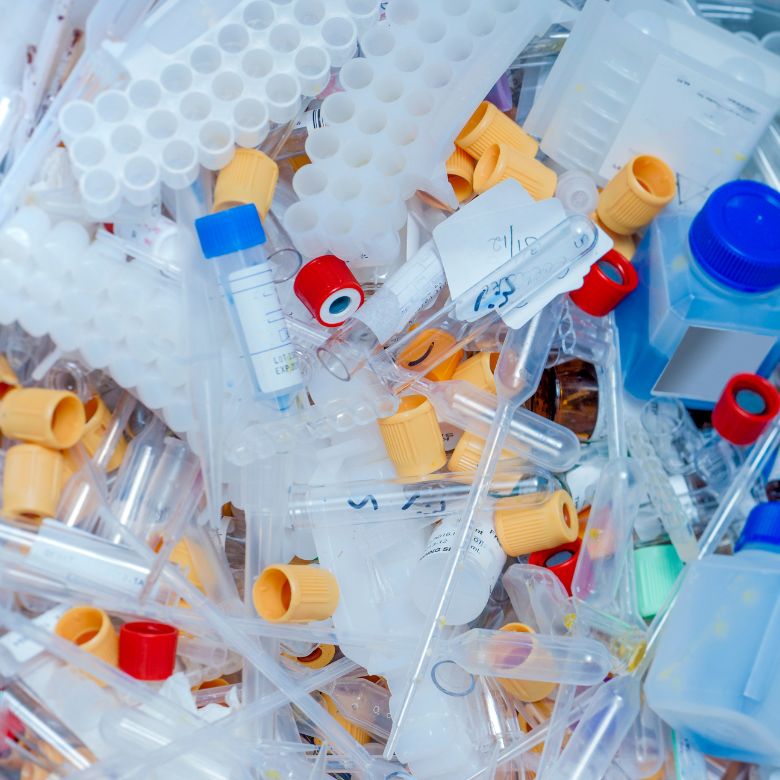People generate different types of rubbish. Some constitutes hazardous waste. Such waste may contaminate the environment, ground water or soil, if stored improperly. What is hazardous waste? See below for a definition and description.

Hazardous waste – a definition
Thousands of tons of waste are generated every day all over the world. Waste comes from both households and production or industrial plants. Waste is classified according to its origin and possible re-use into:
- municipal waste (commingled waste, organic waste, plastics and paper – they are largely recyclable),
- bulk waste (furniture, construction materials, scrap etc. – a lot of such waste is re-usable or recyclable),
- toxic (hazardous) waste.
Do you wonder what hazardous waste is? This is a specific type of waste with a composition or properties that make it dangerous to people and to entire ecosystems. Hazardous waste may not be disposed of in a standard manner, i.e., by putting it in a regular litter bin; the law also bans illegal storage or illegal transport. A person who breaks the law and puts people or the environment at the risk of potential water, air or soil contamination may be imprisoned for up to 5 years!
What are the properties of hazardous waste?
Annex III to Commission Regulation (EU) No. 1357/2014 of 18 December 2014 contains a detailed description of the properties of hazardous waste. What is meant by ‘waste’? This group includes the following substances:
- Explosives: such as pyrotechnic or self-reactive waste that may emit poisonous flammable gases,
- oxidising – waste that accelerates combustion, or other flammable substances,
- flammable: liquid, gaseous or solid waste becomes heated or burns easily,
- irritant: it causes eye damage or skin irritation,
- toxic – it causes choking and suffocation,
- very toxic: it causes food or respiratory poisoning,
- carcinogenic,
- corrosive – it causes damage to skin tissue,
- infectious,
- toxic for fertility,
- mutagenic – it may cause mutations in foetuses and cells,
- releasing toxic gases,
- sensitising,
- ecotoxic – it presents danger to one or more sectors of the environment,
- capable of exhibiting hazardous effects after some time of storage.

What is classified as hazardous waste?
What are the types of hazardous waste and what substances are particularly toxic? The black list of waste that may not be put into municipal waste containers includes the following types of waste:
- batteries,
- accumulators,
- chemicals, strong detergents (bleaches, drain cleaners), poisons,
- automotive oils,
- drug remnants and
- printer toners.
Polish and international laws also classify electrical waste as hazardous, for example: spent power tools, consumer electronics/household appliances, computers, phones, etc.
Waste particularly hazardous for the environment
A variety of industrial, hospital or construction waste constitutes some of the most toxic substances that threaten the life on Earth. These are chemical mixtures, highly poisonous oils and all hazardous waste – examples of such waste include:
- medical and veterinary waste (dressing, disposable instruments, drug packaging, nappies, chemicals and tissues),
- industrial and production waste (used oils and process fluids, fuels, greases, dyes, resins, varnishes and paints).
Why is the above-mentioned waste classified as the most dangerous? Its improper or illegal storage may have disastrous consequences. Leakage or spillage of such toxins usually leads to a long-lasting environmental contamination and also poisoning and diseases in people and animals.